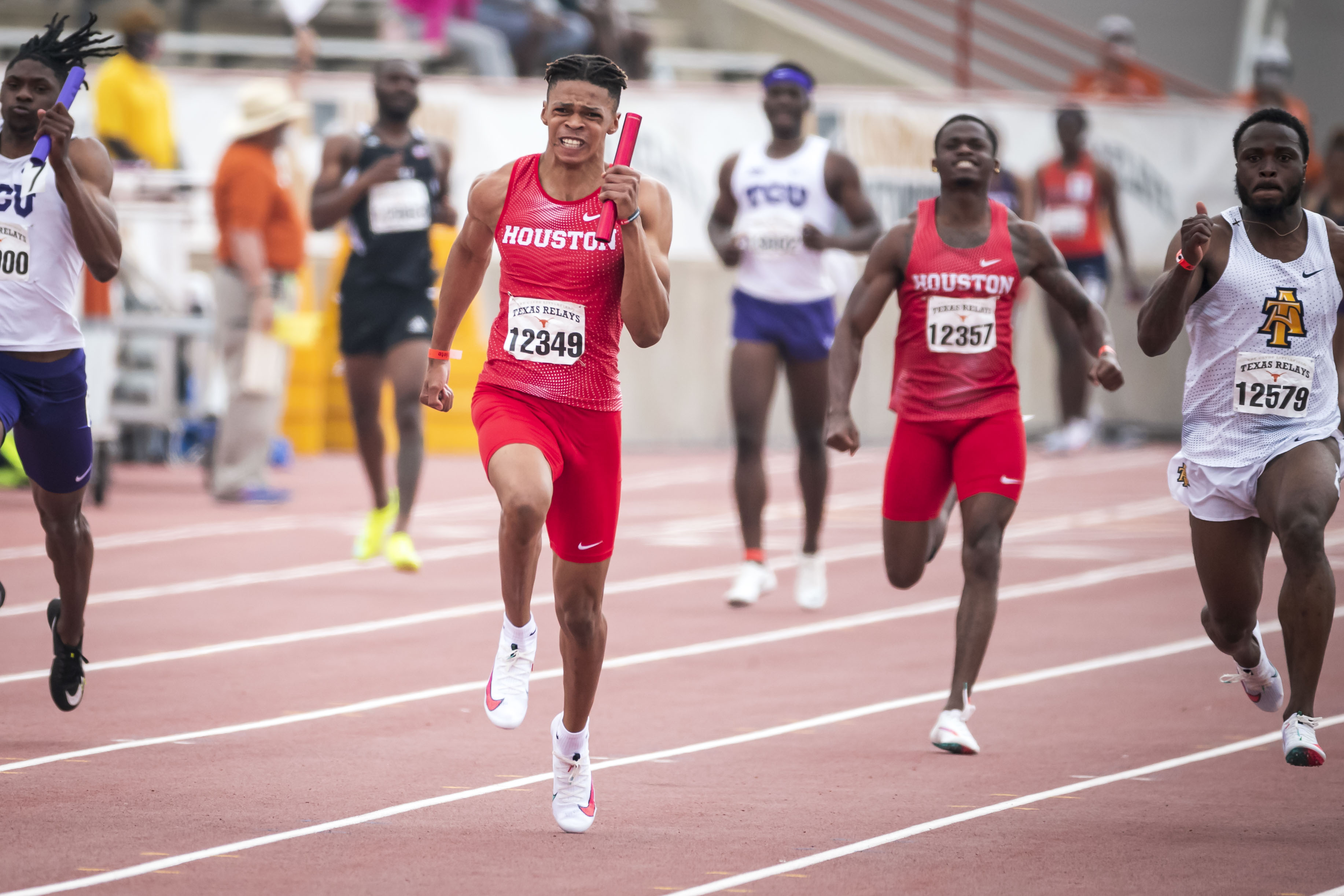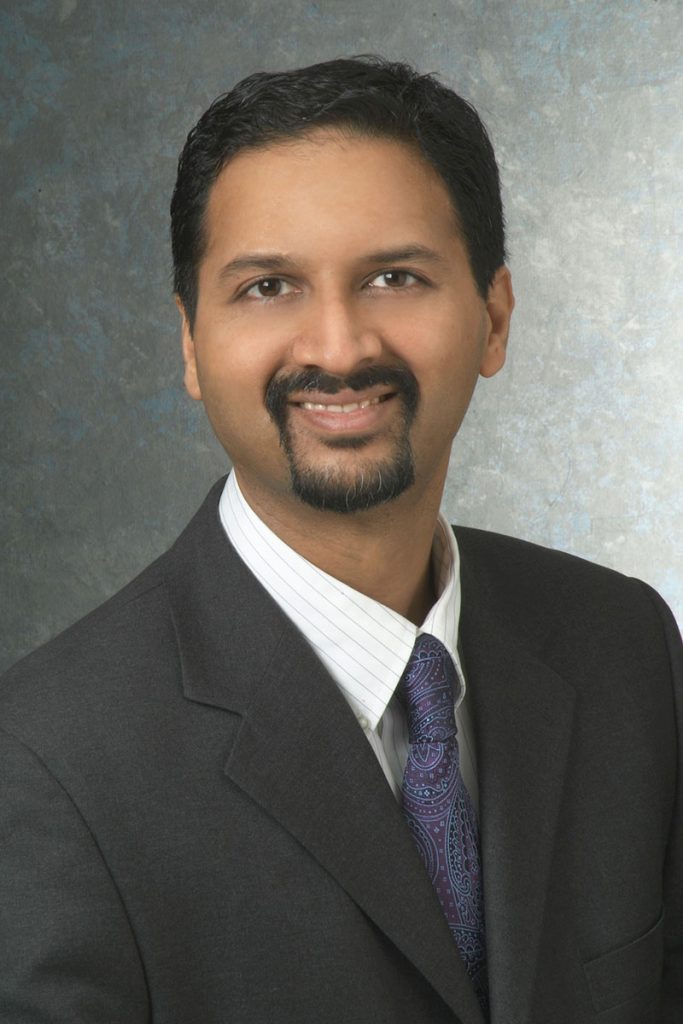Posted on 17 May 2022.
A sign posted on the front door warns visitors: “DON’T ENTER.”
A decrepit building tucked behind Haygood Hall, Dooley’s Tavern appears to be forgotten by Emory University’s Oxford community. The white paint has been chipped away by time, exposing the building’s wood scaffolding. Most windows are boarded up, and entrances are locked.
A glance inside the cracked window adds to the atmosphere: The tavern’s walls, floors and furniture are covered in graffiti drawn by decades’ worth of Oxford College students.
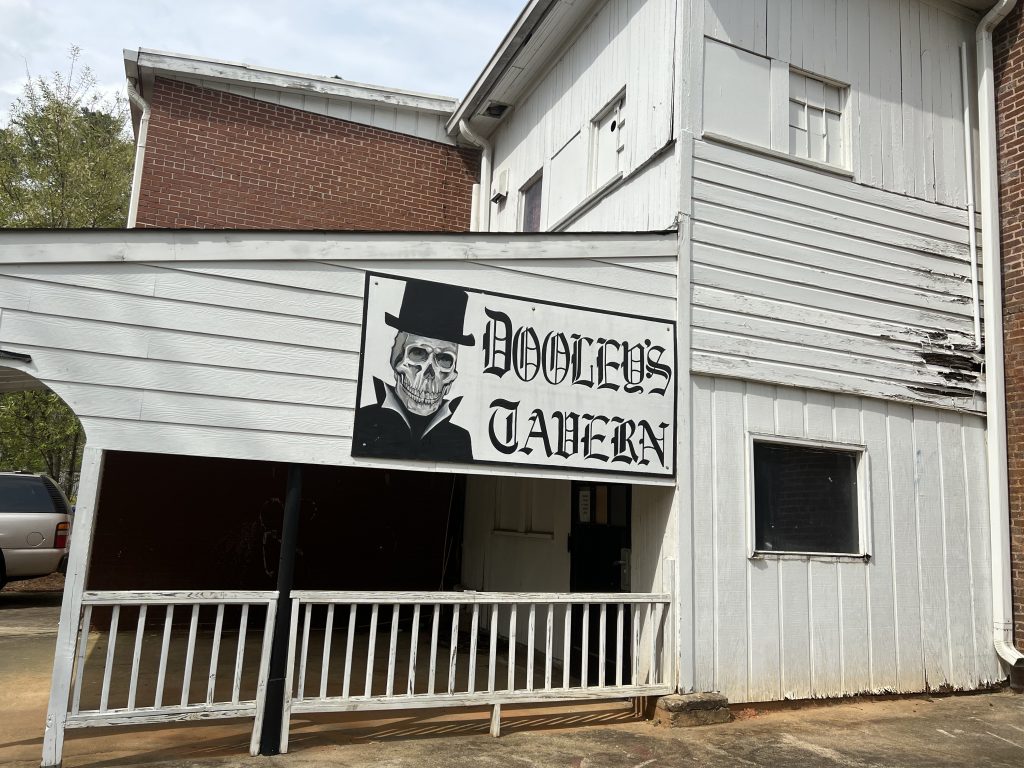
(Katie Bartlett/Oxford Campus Desk)
The seemingly abandoned and forbidden nature of Dooley’s Tavern makes it a source of great intrigue for the current Oxford cohort of students, who never got to experience the tavern before it closed in 2019.
“Dooley’s tavern has always been a mystery,” Max Migdon (23Ox) said. “It’s very degraded, and its purpose was never explained to us. We see the signs saying we can’t go in and are very curious as to what it is. What’s the point in keeping its existence and purpose a secret?”
The Wheel sat down with Oxford leaders and alunni to discuss the past and future of this mysterious spot on campus.
Tavern history
Dooley’s Tavern was once attached to Haygood Hall, the first residence hall built at Oxford in 1913. The main section of the building burned down in 1981 and was replaced by the current Haygood Hall in 1989. The tavern became unattached to Haygood following the fire.
According to Oxford Dean of Campus Life Joseph Moon, Dooley’s Tavern originally served as Oxford’s only dining hall. Food was prepared in the upstairs kitchens.
During the early 20th century, the College had approximately 300 male students who utilized the dining hall. Food was sent down from the kitchens in a dumbwaiter, and servers would bring it to the tables. Students would serve themselves family style.
According to Moon, the tavern continued to operate as a dining hall until 1966, when a new cafeteria was built under the leadership of Neil Bond Fleming, who served as Oxford College Dean from 1966 to 1976.
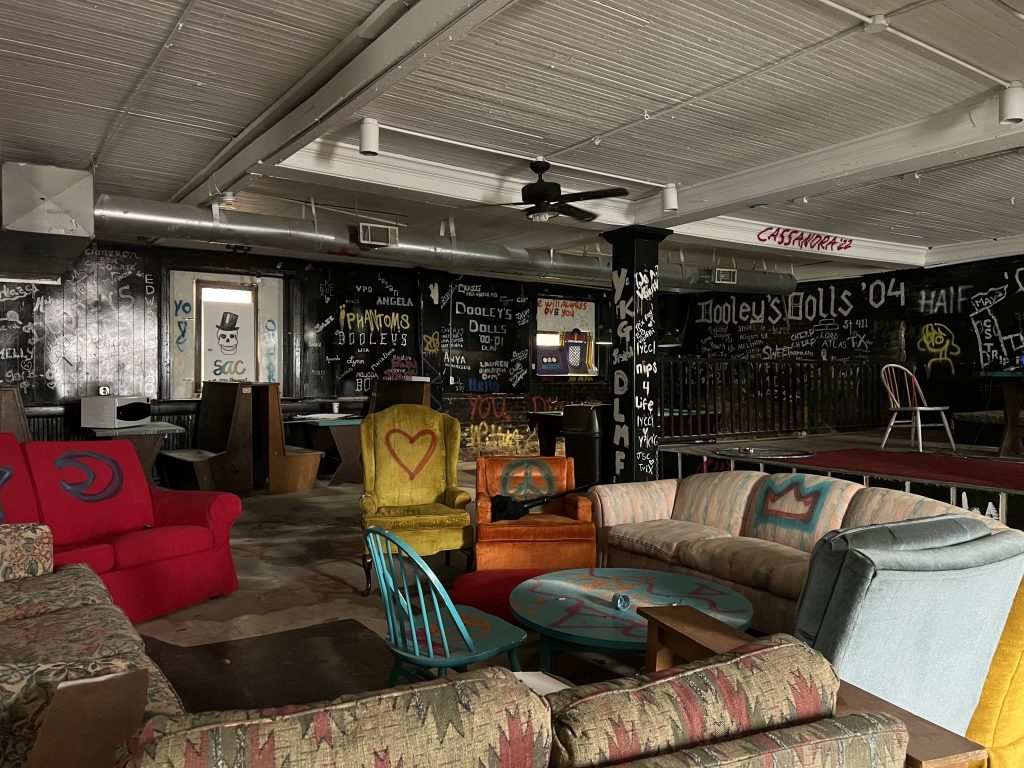
(Katie Bartlett/Oxford Campus Desk)
After remaining unused for several years, Oxford administration gave students permission to remodel the former cafeteria. When it became known as Dooley’s Tavern is unknown by the campus historians.
The tavern has been used for many different purposes over the years, Moon explained. The kitchen space was transformed into a maintenance area before being deemed unusable and unfixable prior to COVID-19.
“In a way, the tavern is very much vintage Oxford,” Moon said. “Its usage depended a lot on the students who were here and what they wanted.”
According to Kipling Hart (94Ox, 96C), the tavern was known as “Dooley’s Den” throughout the late 1960s, and served as a space for students to play bridge and engage in other relaxing activities.
In 1972, the Georgia state government lowered the legal drinking age to 18. In his book “An Uncommon Place,” which explores Oxford’s history, Moon explained that Dean Fleming had no choice but to permit drinking for students of age, prompting a new party scene to emerge.
Recalling Dooley’s Tavern as a primary location for parties, Tom Dean (79Ox, 81C) described live band performances and noted that it was the only place on campus where keg parties were permitted, unless a dorm had a document signed by every resident. Sometimes student bands would host free BYOB concerts.
The tavern was typically “filled with smoke,” Dean added. Georgia’s legal tobacco usage age was 18 until 2020, and smoking was a much more normalized habit in the 1970s, he said.
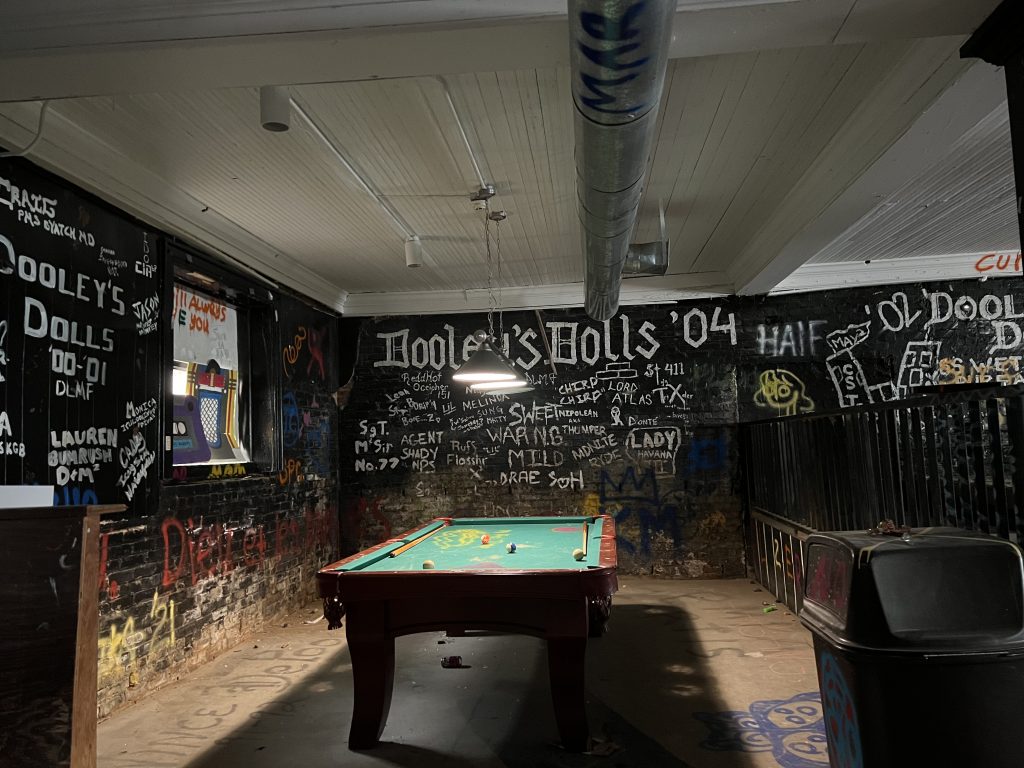
(Katie Bartlett/Oxford Campus Desk)
Michael Silverio (96Ox, 98C) also recalled themed parties in the tavern, including toga and “come in your boxers” nights.
“Every college should have a hole in the wall type of place,” Silverio said. “Dooley’s Tavern is that place for Oxford.”
Paula Joy Zwillich (08Ox, 10C) also shared fond memories of tavern parties from a decade later.
“Because of the location of Dooley’s Tavern toward the edge of campus, going to events there almost felt like you were going off-campus,” Zwillich said. “We all loved to explore its interior full of character and Oxford history. There was graffiti everywhere.”
The tavern wasn’t just used for partying.
Dooley’s Dolls, Oxford’s oldest social club, developed a connection to the tavern and held weekly tap-ins, the social club’s term for pledging, there.
Though the origins of the Dolls’ connection to the tavern are unknown, Hart, who was a Dooley’s Doll, recalls the tavern as “the Dolls’ space,” where they would host parties and clean-up events inside.
Additionally, the tavern walls are covered with decades’ worth of Dolls’ names that were painted on.
“Adding names was a way for Dolls to leave their respective mark,” Hart said. “The names also continue to serve as a historical mark on the tavern.”
Over the years, other student groups also used the space. Throughout the 2000s, it served as an informal study, social and game space, operating as a student center before the current one opened in 2020.
In the latter half of the 2000s, the Student Activities Committee (SAC) moved their weekly coffee nights to the tavern. According to Zwillich, the coffeehouses were extremely popular, featuring free coffee, board games and the opportunity to take a study break.
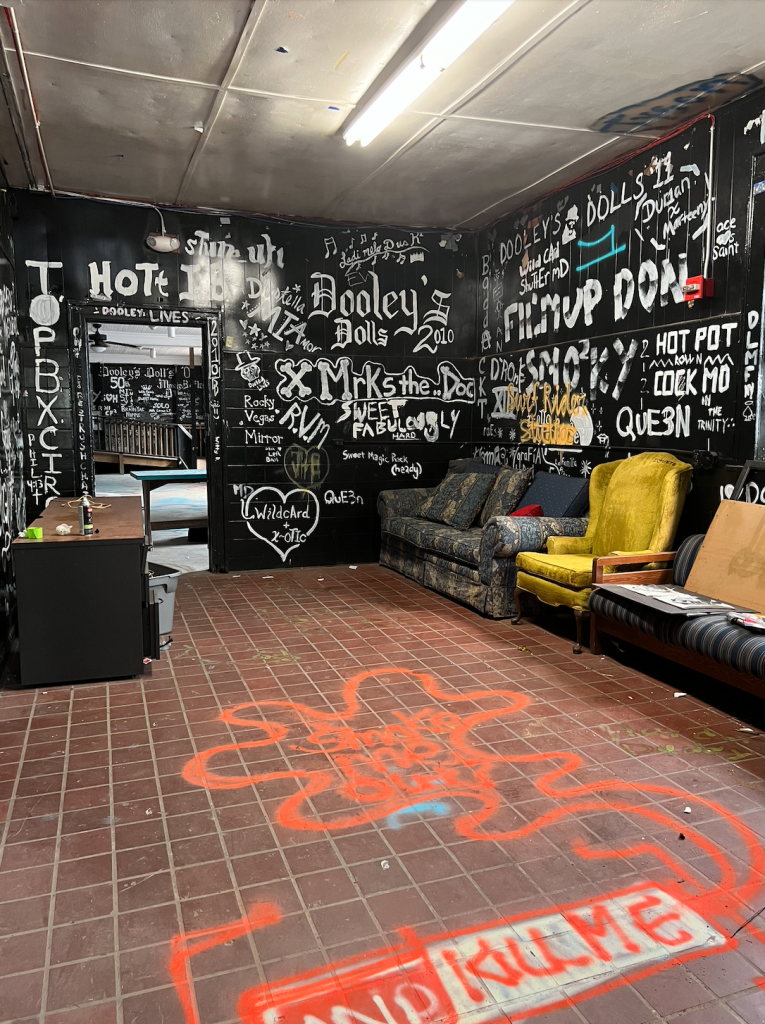
(Katie Bartlett/Oxford Campus Desk)
Zwillich was a member of SAC and worked the coffee nights.
“Working the coffeehouse events is where I learned how to use an espresso machine and foam milk,” Zwillich said. “I’m still impressed that our coffeehouse events were legit enough to have both of those things.”
As Oxford’s student body grew, the tavern rules became stricter.
Typically 20% of the student body attended campus-wide events, Moon said. When Oxford’s student body was 500 students in 1988, 20% was 50 people, a number that can fit comfortably in the tavern.
However, Oxford grew gradually each decade. When numbers reached 750 students and now 1,000 students, the population outgrew the tavern space, resulting in more regulations for tavern events.
“We got to the place where you could no longer just sign up to use the tavern,” Moon said. “You had to have a very clear plan.”
The tavern today
Moon explained that in 2019, maintenance staff conducted a tavern safety evaluation. It was ultimately deemed safe, but remained closed when the 2019 student center construction knocked out the tavern’s power grid, according to Operations and Student Organizations Associate Director Michaela Foronda. It never reopened due to COVID-19 restrictions.
Curious students have found illicit ways to get into the tavern.
One student (23Ox) and his friends discovered the tavern unlocked in March, and entered to explore and contribute to the spray painted walls. The student requested anonymity to avoid punishment for entering and vandalizing the tavern without permission.
“The school should tell us more about Dooley’s Tavern, what its purpose was and why they closed it,” the student said. “It would’ve eliminated some of our curiosity.”
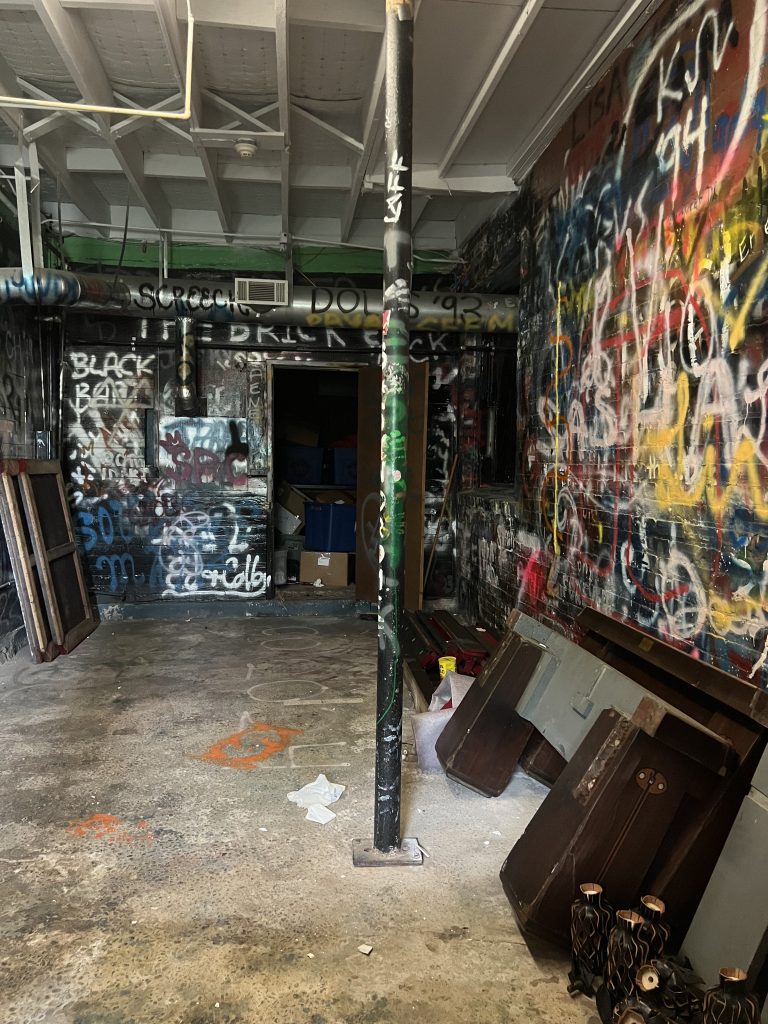
(Katie Bartlett/Oxford Campus Desk)
Emory Police Department (EPD) cars are often parked outside the tavern, particularly on weekend nights as a “proactive monitoring” measure following this increase in vandalism inside the tavern, EPD Lieutenant Lionel Randall said. As of April 21, there have been no arrests inside the tavern, Randall added.
While the tavern has been closed for a few years and a new student center has since opened, Director of Student Involvement and Leadership Rhiannon Hubert said in an April 20 email to the Wheel that she wants to reevaluate the tavern’s usability over the summer in hopes of preparing it for programming during the school year.
“It has such a distinctive quality and would be a nice addition to event spaces on campus,” Hubert added.
Moon also emphasized his desire for the tavern to reopen next semester as a student programming space.
“It’s a grungy, cool space with a lot of atmosphere,” Moon said. “We’re not trying to keep students out, but we need to have guidelines to ensure the space is being used safely and appropriately.”
According to First Year Senator Amisha Agrawal (23Ox), Oxford Student Government Association (OxSGA) also plans to advocate for a Dooley’s Tavern revival in the upcoming year. Agrawal stated that “there are no guarantees,” but one of OxSGA’s legislative committees will likely work on the proposal.
Although the tavern has been a historic hub for Oxford student life, Moon said that the tavern will not be on campus forever, deeming its eventual demolishment “inevitable.” He explained that the tavern’s “function has largely gone away” because the new student center now serves as the primary social space on campus.
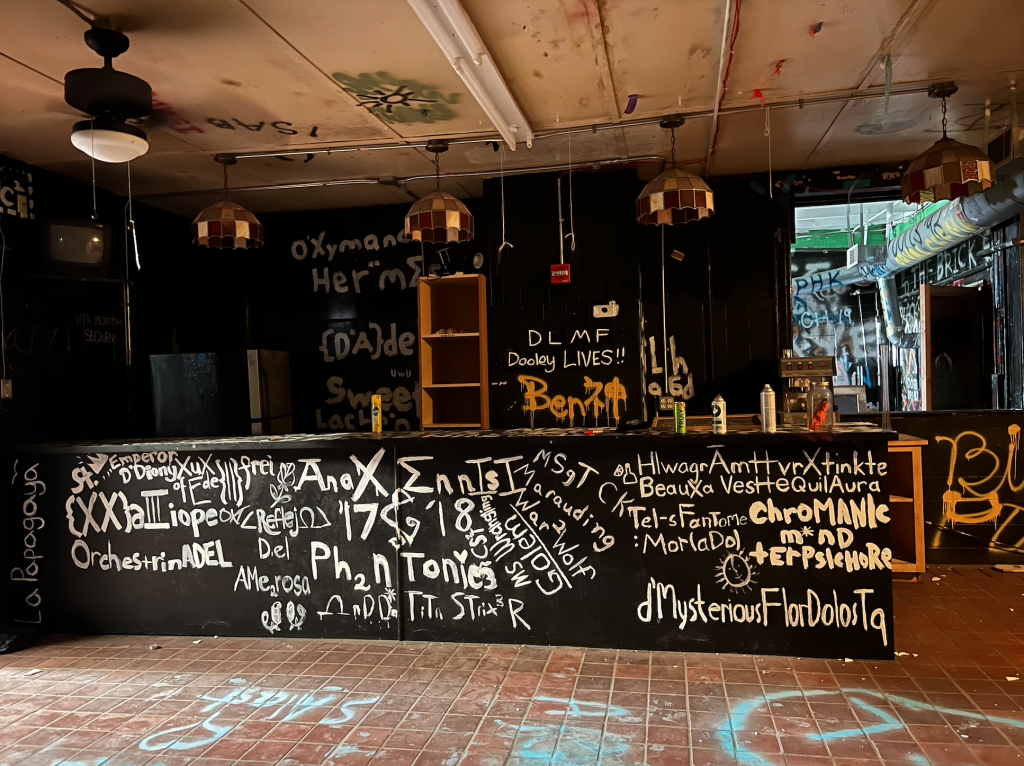
(Katie Bartlett/Oxford Campus Desk)
He also said that administration is hesitant to invest in the tavern because it will eventually impede on long term plans to build a new residence hall behind Haygood, where the mods, a temporary housing unit designed to support Oxford’s larger student body, currently stand. The mods will be removed after the next academic year. Plans and construction for new residence halls take several years to develop, and Moon said there is no timeline set yet.
“At some point, we’ll have to decide whether the tavern is fulfilling a certain mission and should be replicated or whether it’s just lived out its usefulness,” Moon said. “At this moment, the answer to that is very unclear.”
Alumni opinions on the importance of the tavern vary.
Dean believes the tavern may no longer be relevant due to new facilities on campus.
Zwillich, on the other hand, believes the tavern should reopen for coffee nights, remembering the coffeehouses of her time at Oxford as a space for “community building.”
Silverio agreed that the tavern should reopen. He told the Wheel it should be “loud and crowded” again with late night events and live music.
“Students need to build memories at Oxford beyond academics, and Dooley should have a home on Oxford’s campus,” Siverio said.
Three students interviewed by the Wheel also hope to see Dooley’s tavern reopen.
“Reopening Dooley’s Tavern would be a great way to revitalize Oxford’s campus, as COVID restrictions have quieted the campus social life for the past few years,” Reaghan Moore (23Ox) said. “The tavern has such a mysterious and fun atmosphere that doesn’t exist anywhere else on campus.”
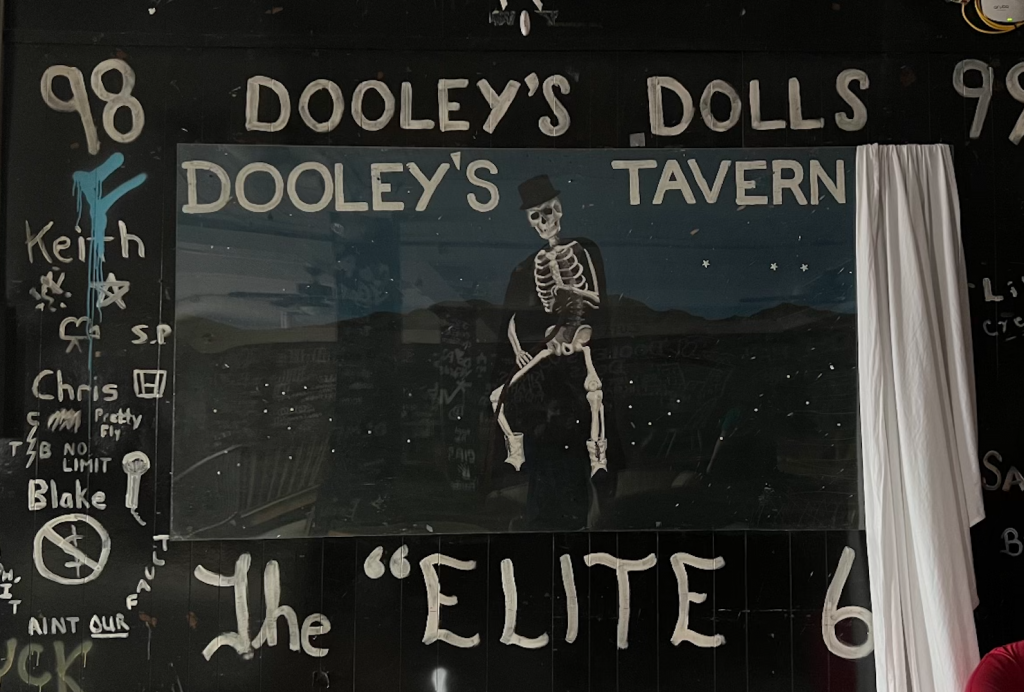
(Katie Bartlett/Oxford Campus Desk)
While the future of Dooley’s Tavern remains ambiguous, Moon emphasized its vital role on campus.
“Oxford students have changed a lot over the years,” Moon said. “Since the 90s, we’ve become a lot more diverse and our international student population has increased.” What I love about the tavern is that it continuously changes to reflect the current student body.”
For now, Oxford students will continue to press their faces against the glass and imagine their own version of Dooley’s Tavern.
The post Exploring the past, present and future of Dooley’s Tavern appeared first on The Emory Wheel.











